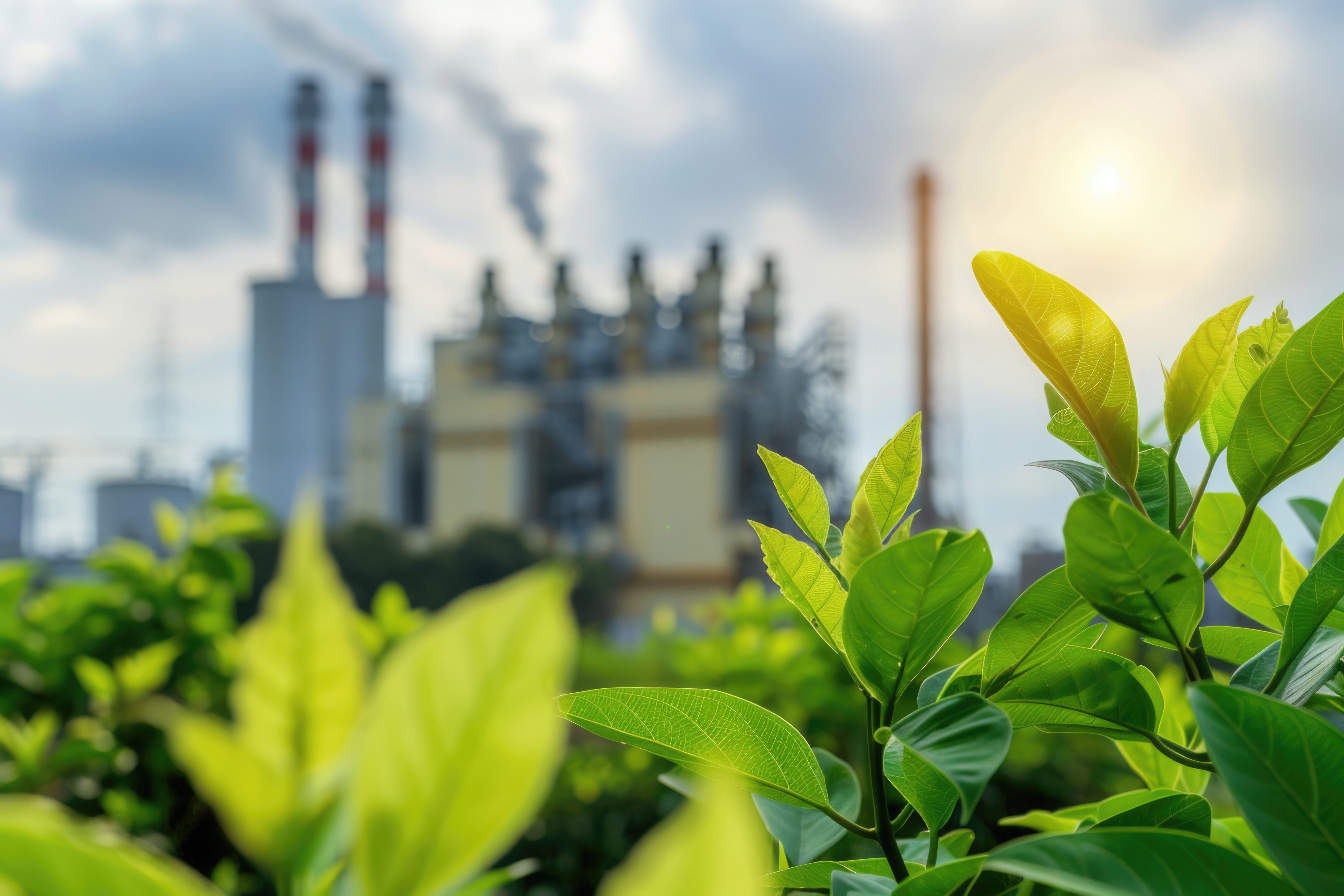Smelter verification is a process of review and evaluation conducted by authorized parties or specific institutions on smelter facilities or mineral and metal processing plants. The purpose of this activities is to ensure that the smelter has met the technical, environmental, and safety standards set by the relevant authorities, as well as compliance with regulations applicable to the mineral processing industry. The smelter verification process includes examining various aspects, including but not limited to technology and production processes, occupational health and safety, environmental compliance, human resources and competencies, legal compliance, transparency and reporting, as well as agreements and contracts.
The smelter verification process often involves independent parties or certification bodies with expertise in the mining and mineral processing industry. The results of this verification can be used to provide certification or a specific label to the smelter, indicating that the facility has met certain standards in its operations and business practices. The importance of this verification lies in operational safety, environmental sustainability, and compliance with regulations designed to protect workers, communities, and ecosystems around mineral processing facilities.
Smelter Verification for Occupational Health and Safety
The smelter industry, closely related to mineral and metal processing, poses significant challenges to Occupational Health and Safety (OHS). Processes involving chemical manipulation, high temperatures, and heavy equipment require strict measures to protect workers and create a safe working environment. In this context, smelter verification plays a crucial role in ensuring and advancing OHS standards. Moreover, smelter verification also plays a vital role in creating a safe working environment that prioritizes occupational health and safety.
- Increasing Awareness and OHS Education: Smelter verification is an opportunity to raise awareness and knowledge among workers about occupational health and safety. Training programs integrated into the verification process help ensure that every worker understands the potential risks associated with their jobs and knows how to manage them.
- Risk Assessment and Hazard Control: Smelter verification involves risk assessment on various operational aspects. This includes identifying potential hazards that may occur in the workplace, whether physical, chemical, or ergonomic. Through risk assessment, effective hazard control measures can be implemented.
- Implementation of Industry Safety Standards: Smelter verification ensures that smelters adhere to applicable industry safety standards. This includes the implementation of Personal Protective Equipment (PPE), Standard Operating Procedures (SOPs), and other safety devices that meet international standards and national regulations.
- Accident Management and Emergency Response: Smelters that pass the verification process are expected to have a well-prepared emergency plan to face accidents or other emergency events. This includes training staff in emergency response actions and empowering them to handle unforeseen situations.
- Measurement and Monitoring of Hazardous Substance Exposure: Workplace environmental monitoring to measure exposure to hazardous substances is an integral part of smelter verification. This not only helps protect workers’ health but also ensures compliance with exposure limits set by health and environmental agencies.
- Promotion of Safety Culture: Smelter verification can also include the evaluation of the safety culture in the workplace. A good safety culture creates an environment where every worker feels responsible for collective safety, identifies potential risks, and participates in prevention efforts.
- Routine Inspection and OHS Audits: The smelter verification process includes routine inspections and OHS-related audits. This ensures that implemented safety measures are continually updated in line with technological advancements and industry knowledge.
- Worker Involvement in Decision-Making: Involving workers in decision-making related to occupational health and safety is a key element in smelter verification. This creates a sense of ownership and responsibility, enabling workers to contribute to the continuous improvement of working conditions.
Occupational health and safety in smelter verification are not only the responsibility of the company but also have a tremendous positive impact on industry productivity and sustainability. By prioritizing OHS, smelters can ensure their employees work in a safe and healthy environment, minimizing the risk of incidents and preserving the surrounding environment. Thus, occupational health and safety are not only corporate goals but also the foundation for the growth and sustainability of the smelter industry.
For more information on consultation services and the Mineral Mining sector, you can read our articles here. If you and your company need more information about our services, feel free to contact and consult with us here.






